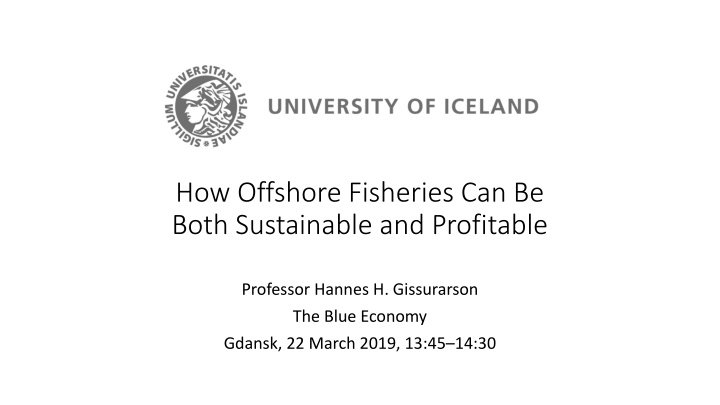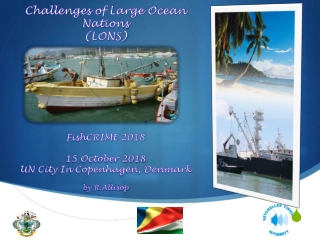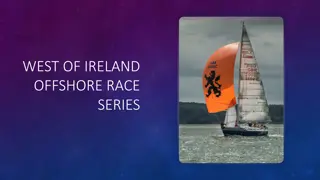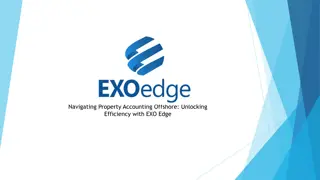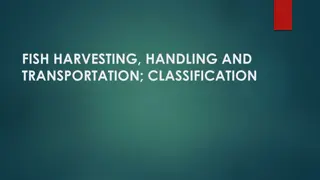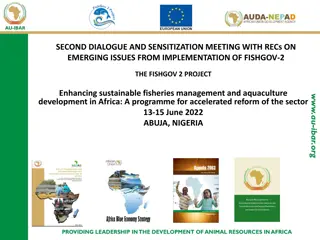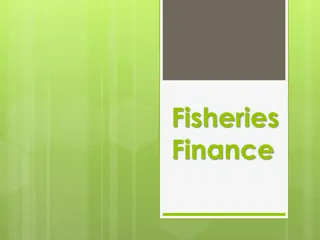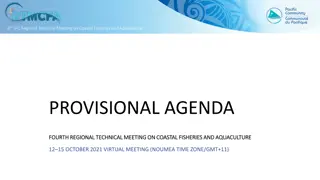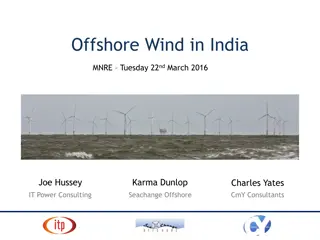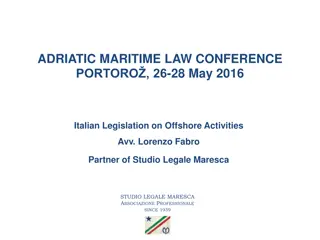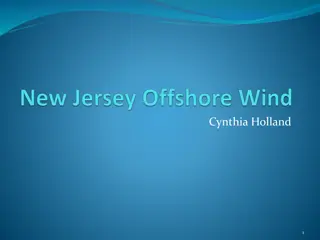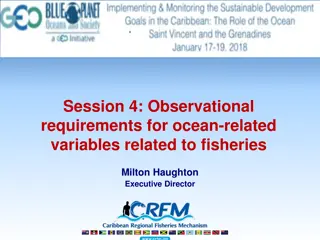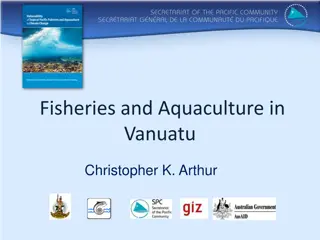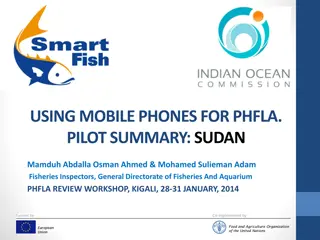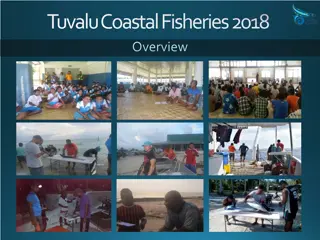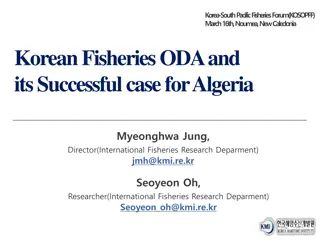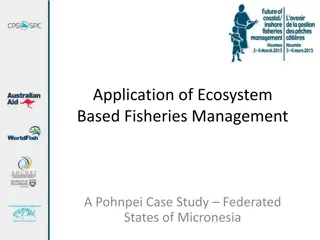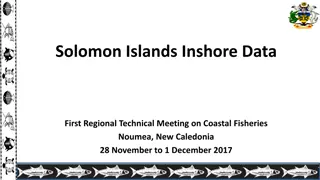Sustainable and Profitable Offshore Fisheries Strategies
Presenting strategies for sustainable and profitable offshore fisheries, including the impact of economic overfishing, solutions to reduce fleet size for optimal profit, and the success of the ITQ system in Iceland and New Zealand. Explore the benefits of public quota allocation and the efficiency of the ITQ system in ensuring long-term profitability while maintaining resource sustainability.
Download Presentation

Please find below an Image/Link to download the presentation.
The content on the website is provided AS IS for your information and personal use only. It may not be sold, licensed, or shared on other websites without obtaining consent from the author.If you encounter any issues during the download, it is possible that the publisher has removed the file from their server.
You are allowed to download the files provided on this website for personal or commercial use, subject to the condition that they are used lawfully. All files are the property of their respective owners.
The content on the website is provided AS IS for your information and personal use only. It may not be sold, licensed, or shared on other websites without obtaining consent from the author.
E N D
Presentation Transcript
How Offshore Fisheries Can Be Both Sustainable and Profitable Professor Hannes H. Gissurarson The Blue Economy Gdansk, 22 March 2019, 13:45 14:30
Economic Overfishing: 16 Boats Instead of 8 Cost Income 120 100 80 60 40 20 0 0 1 2 3 4 5 6 7 8 9 10 11 12 13 14 15 16 17 18 19 20
Solution of Overfishing: From 16 to 8 When access to fishing grounds free, effort (number of boats) increases until revenue goes down to nothing (total revenue equals total cost) Best to maximise profit (difference between revenue and cost), i.e. by 8 boats, not catch, i.e. by 10 boats In effect, 16 boats harvest what 8 boats could harvest: Rent dissipated, zero profit Task is to reduce the fishing fleet (and fishing effort) from 16 to 8 boats
Two Options Discussed in Iceland in 1980s Public renting out of quotas Government profits enormously Some fishing vessel owners neither profit or lose Other fishing vessel owners lose (their investment suddenly becomes worthless) Public? Does it profit from a stronger state? Allocation of free quotas Government profits somewhat Fishing vessel owners who sell quotas and leave fishery profit Fishing vessel owners who stay, profit The public benefits Nobody loses
Same End Result: 8 Boats instead of 16 Cost Income 120 Optimal Effort 100 80 60 40 20 0 0 1 2 3 4 5 6 7 8 9 10 11 12 13 14 15 16 17 18 19 20
ITQ System in Iceland (and NZ) Efficient Individual: Each bears responsibility for his own operations Permanent: Fishermen have long-term interest in profitability of resource Transferable: The 8 more efficient buy out the 8 less efficient Rent, previously dissipated in excessive harvesting costs, now captured Icelandic fisheries very profitable
ITQ System Just (in Lockes Sense) How can people come to have rights to exclude others from use of goods? Locke s proviso: Because those others are not made worse off (indeed much better) Nobody made worse-off because the right to fish of which others are deprived is the right to harvest at zero profit, and that is a worthless right
Change to ITQ System Pareto-Optimal Social change Pareto-Optimal, if no-one worse off, and some or all better off Initial allocation by government auction not Pareto-optimal Initial allocation on basis of catch history ( grandfathering ) Pareto- optimal: Fishermen bought out, not driven out Therefore the only feasible political solution, as well as the only economically efficient one Environmental protection need real-life protectors whose self-interest coincides with the public interest
